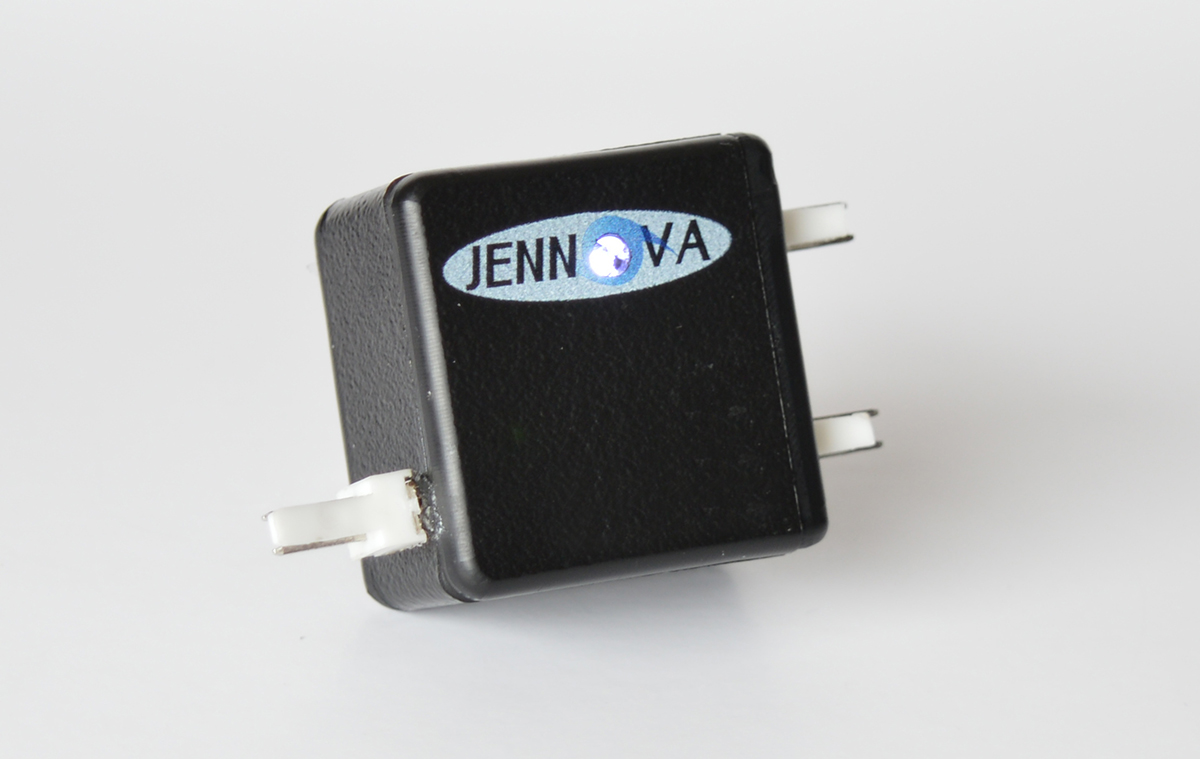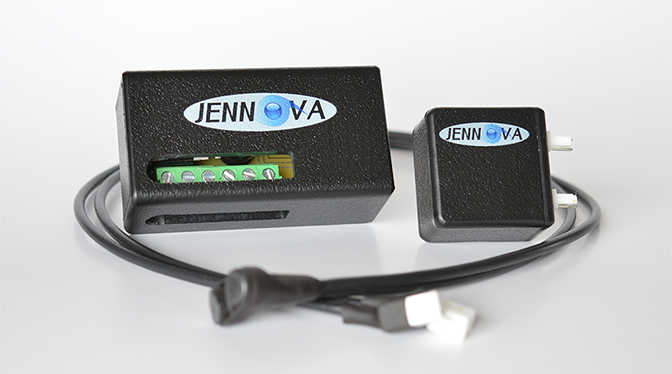Jennova Inc., a specialist in smart energy management solutions, has introduced a new patented Electrodynamic Energy Harvesting (EH) technology designed to simplify the capture and amplify the energy produced from the rotation or spin of other devices and to power an endless array of smart sensors and IoT applications. Easily adapted for use within new and existing infrastructures, this includes self-powering multiple IoT layers and increasing the transmission of data rates and overall acquisition functionality in everything from integrated sensor networks to process monitoring and control systems.
 “Jennova has worked tirelessly to create a technology that is virtually error-free and harvest the energy that is typically lost in mechanical motion,” says Terry Pennisi, the company’s CEO and founder. “Our design can reach a wide range of outputs both in voltage and current to satisfy the energy needs of this vast untapped market. It supplies the quick and worry-free support of unlimited applications with the generation of power that significantly exceeds other systems. Recent tests have shown the ability to power four wireless sensors for an indefinite amount of time with just one of our energy harvesting solutions.
“Jennova has worked tirelessly to create a technology that is virtually error-free and harvest the energy that is typically lost in mechanical motion,” says Terry Pennisi, the company’s CEO and founder. “Our design can reach a wide range of outputs both in voltage and current to satisfy the energy needs of this vast untapped market. It supplies the quick and worry-free support of unlimited applications with the generation of power that significantly exceeds other systems. Recent tests have shown the ability to power four wireless sensors for an indefinite amount of time with just one of our energy harvesting solutions.
“Normally, it takes one 2032 battery to power each sensor with that battery needing to be changed every six months to three years. There is no defined limit to how long our technology can produce energy. As long as there is motion, it can create power. In addition, since it’s a simple design with no moving parts, wear and tear is not an issue.”
Jennova’s Rotation Energy Harvester uses magnetic induction to gather energy from rotation or the motion of virtually any device. Extremely versatile, the technology’s circuit board can be paralleled and the number of magnets increased to raise power output. It can also be easily integrated into new and existing infrastructures through a two-step process that includes attaching the magnets to the rotational source and then affixing the energy harvesting board to the desired location. Once installed, no further maintenance or calibration is required.
In addition, as opposed to other energy harvesting solutions that only provide minimal amounts of output, Jennova’s Electrodynamic EH technology can readily generate 16 milowatts and as much as 64 if several systems can be linked together. This translates into more powerful transmitters distributing data far more often.
“The unreliable consistency of power has always been a major concern for most energy harvesting systems,” says Christian Pennisi, the company’s director of operations. “Our Rotational Energy Harvesting technology eliminates this challenge by supplying a constant stream of power that produces higher sensor iteration rates, while also enhancing the accuracy of the sensor readings. This instantaneous source of energy only stops when there is no operational rotation and therefore no readings are necessary. Small-scale, it is also capable of generating some of the highest power output relative to size in the industry today.”
In addition to its advances in energy harvesting, Jennova has developed a new patent-pending, self-powered EH Multi-Sensor offering autonomous remote sensing capable of gathering multiple sensor inputs and sending the data package wirelessly to either the web or direct to device. It is ideal for hazardous or difficult to reach infrastructure and remote or mobile platforms. The unit is configured to read RPM, harmonic vibration, temperature and current information, and can be coupled with additional EH systems to provide added power or enhanced data transmission rates. 
The company’s patented Industrial Tachometer is also designed as a permanent, self-powered solution for any industrial RPM measurement need. It uses tiny magnets to power its transmitter as well as create the necessary pulse to read tachometry. Once installed, all of the power required to gather and transmit data is self-generated with the RPM data sent as a standard TTL pulse.
“With the IoT increasing in complexity and international reach, we are actively working to become a leader in the small-scale energy harvesting space,” adds Terry Pennisi. “In addition to developing and continually advancing our own EH technologies, we are open to partnering with other industry leaders to create new innovations and fill the void with environmentally-friendly, sustainable and cost effective solutions.”
For more information on Jennova and its new EH technologies and products, please visit www.jennova.com or call 615-442-6551.


Leave a Reply